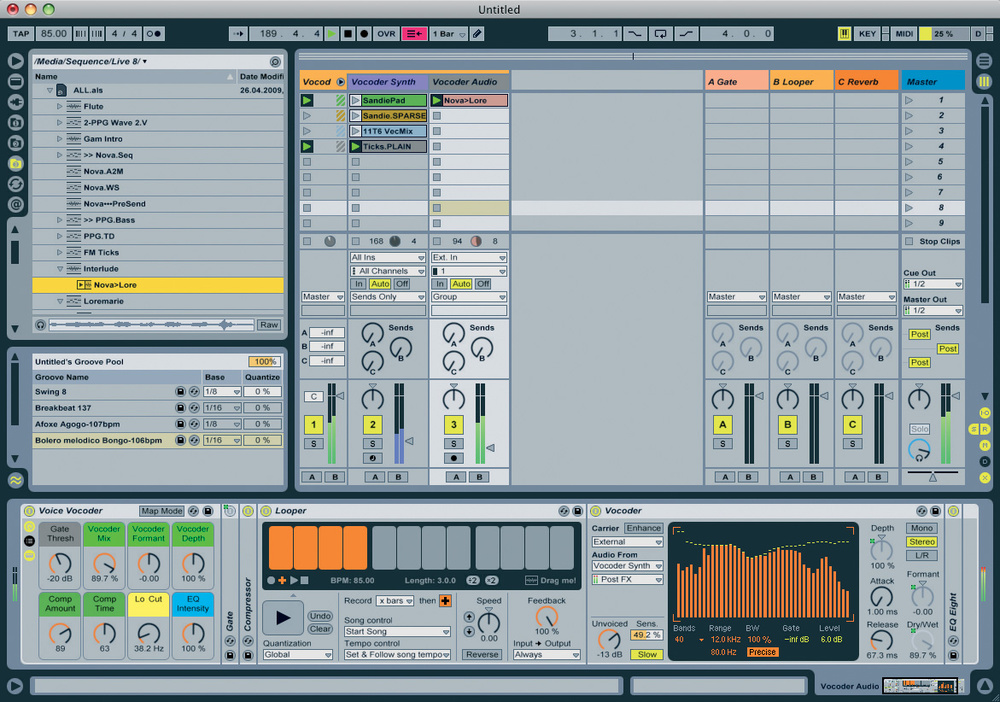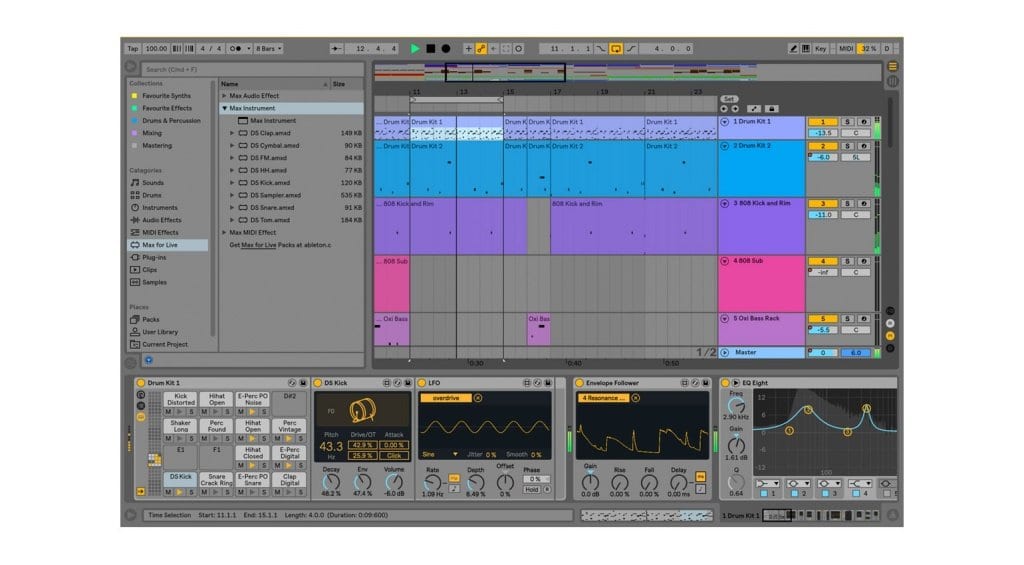

The controls are simplified to Drive, Crunch and Boom with just a handful of other parameters to adjust, but this makes it quite intuitive to get to grips with the potential. Under its skin, Drum Buss clearly packs a lot of clever processing power, with compression, transient shaping and saturation all combined to very good effect. If that makes it sound like it’s just a selection of presets, that’s only really half the story. With settings like ‘Drum Sharpener’, ‘Punchy Driven’ and ‘Transient Shaping Enhance’, it’s pretty obvious what the appeal of Drum Buss is going to be: a preset-driven drum processor that gives instant results. The presets offer the best starting point to understand the sonic potential on offer, with ‘Tape Reverb Space’ doing a fairly convincing Roland Space Echo impersonation and ‘Ethereal Canyon’ at the other end of the scale, doing gorgeous looooooooong reverb.Įcho is a serious addition to Live’s effect roster, sitting alongside devices like Reverb and Ping Pong Delay to create a much more rounded set of ambience effects.

The delay section on the left is fairly straightforward, as is the reverb on the right, but the central pane is where the interesting stuff goes on, switching between Echo, Modulation and Character modes views to offer impressively deep control of the effect. It’s neither strictly delay nor reverb, but a combination of both and, much like Wavetable, there’s a hell of a lot to get to grips with here. The most exciting new effect device is surely Echo, another very understated name for a powerful processor. Echo isn’t modelled on any one specific piece of gear, choosing instead to combine features and sonic signatures of various analogue and digital approaches. It’s also nicer to look at, thanks to a subtle but extensive visual overhaul including the introduction of Ableton’s own custom font throughout. Taken in isolation, something like the ability to edit multiple MIDI clips simultaneously probably isn’t the kind of feature that gets the pulse racing, but it’s the combination of numerous similar changes that makes the overall workflow better: there’s a new Capture feature (similar to Logic’s Capture Record) which records MIDI even before you hit the record button, so you don’t lose good ideas as you jam the long-awaited arrival of groups within groups a more customisable browser to make it easier to sort and navigate Max for Live is also now fully integrated, which makes for a smoother workflow.Īll in all, Live 10 feels quicker, easier and more intuitive to use than Live 9. The biggest change in Ableton 10 is hard to explain, because in isolation many of the changes could almost seem inconsequential.

When is the big new feature not a big new feature? When it’s a bunch of little ones. Join us for a run through the biggest new features, including overall workflow improvements and some exciting new devices. We’ve been putting some of the best parts of the new version to the test in a pre-release version of the software.

Live 10, which will be released in the first quarter of 2018, is a much more significant overhaul of the software. The distinction is important: Ableton refer to those previous releases (9.1 through 9.7) as ‘upgrades’ rather than updates.
#Ableton live 10 software
That’s partly because five years is a lifetime for any major music software to go between updates – to put it into perspective, Propellerhead Reason was only on version 6 when Live 9 came out, and Reason 10 was released last month – but more importantly it’s because Live has been so heavily upgraded over the last five years that it feels like a lot has changed since version 9 arrived.
#Ableton live 10 update
It’s hard to believe the last major Ableton update was nearly five years ago. Greg Scarth takes a look at the best new features in the update.


 0 kommentar(er)
0 kommentar(er)
